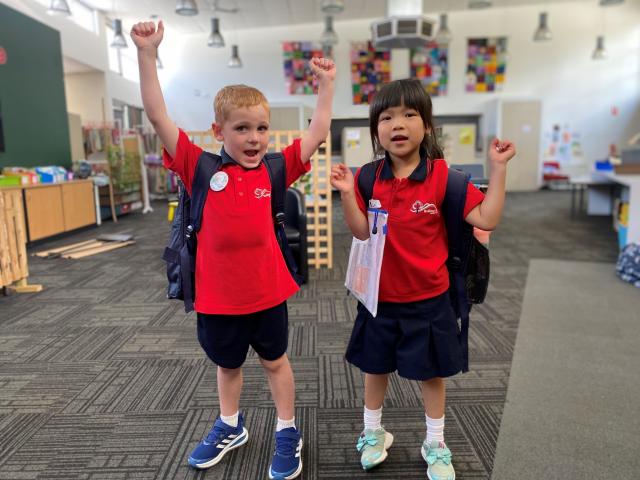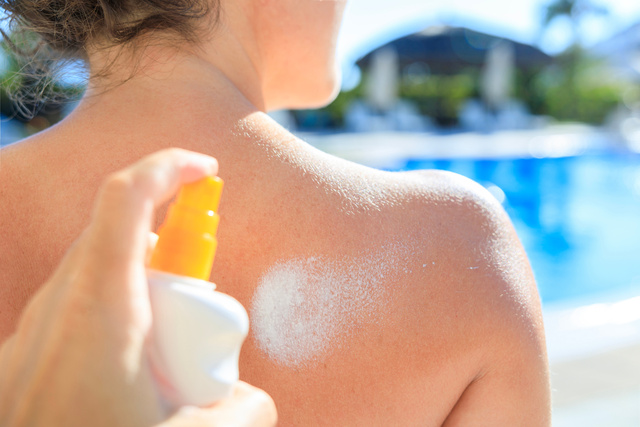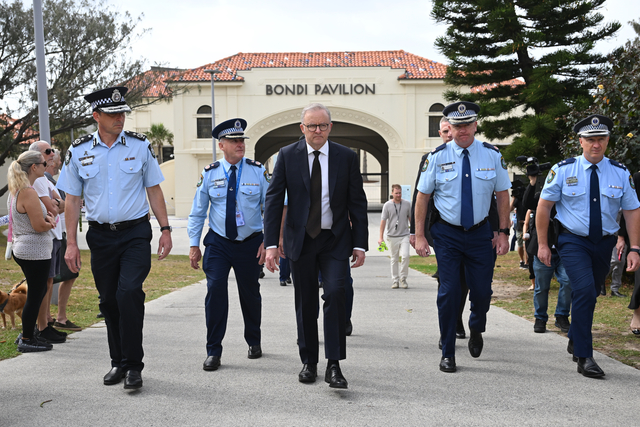Primary schools right across the region would have welcomed students back, alongside a new cohort of Preps this week.
At Rolling Hills Primary School, principal Craig Bradley said the teachers and students welcomed 45 Preps to the campus on Monday 31 January.
This was a rather small cohort of Prep students, given last year the primary school had 69 students begin the year.
“What we’ve noticed is quite a few families across all the schools in the area are maybe making the move to regional Victoria or interstate,” Mr Bradley said.
“It’s a pattern, talking to colleagues, it seems to be that most schools are losing about 5 per cent to that migration.”
Mr Bradley said in the first year of lockdown, the school didn’t see any movement of families but it seems after the second year people have decided to take the opportunity to move elsewhere.
“We’ve put our falling numbers down to that rather than reflecting on anything that we’ve done as a school or as a body of staff or as a team.
“We’re quite happy, though, that we’ve got 45. It’s a nice full two classes and we’re just focusing on trying to make our return to school as enjoyable as possible for the children without the distractions that are out there at the moment.”
Parents were able to pick up their quantity of rapid antigen tests on Friday 28 January, while teachers distributed air purifiers to each of the classrooms ready for the safe return of all students.
Wanting to normalise the Covid-19 testing, Mr Bradley said he even filmed his own children doing a RAT test to be shared with families so that students felt comfortable.
Many of the practices that were put in place over the last two years will continue into the 2022 teaching year, with the children separated into year level zones and outdoor activities conducted where possible.
Not wanting students to miss out on anything this year, Mr Bradley said he and his teachers will be looking at how they can do things differently to ensure their classes remain safe without compromising those experiences.
“There’s been so much that we’ve lost in the two years, experiences that they haven’t had. Camps, excursions, incursions that we want to have this year. We want those back on the table,” he said.
“But we want to make sure that we’re not running something that then sees us putting the kids at unnecessary risk.”
Schools have also had to consider whether children have been vaccinated and even though teachers are on the critical worker list so they can return to work if they are a close contact of someone, Mr Bradley said he doesn’t think his teachers will take up that option.
“It may not be something that teachers or staff take up because they know that even though they’re coming in without symptoms at that point, they’re actually mixing with 25 kids that aren’t vaccinated yet.”
The choice of getting children vaccinated lies with the parents and Mr Bradley said he will be as flexible and accommodating as possible, as some families have chosen not to send their children to school until their kids are vaccinated.
“The difficult thing with that is then your child’s absent really because the expectation to teach 25 kids is hard enough but if you’re teaching 22 and three at home, that’s not feasible really for a teacher.”
But as the rest of the week unfolds, Rolling Hills Primary School will focus on creating a fun and engaging space for its students, where the autonomy of learning from home is introduced on campus.
“It was [student] feedback to us ‘I do well when I can pick my own pathway’. So we’ve been introducing lots of things where they get choice and voice in what they’re doing.”
One on one sessions with teachers will also be carried over from last year, so that students who struggled throughout the pandemic can be helped on an individual level.







